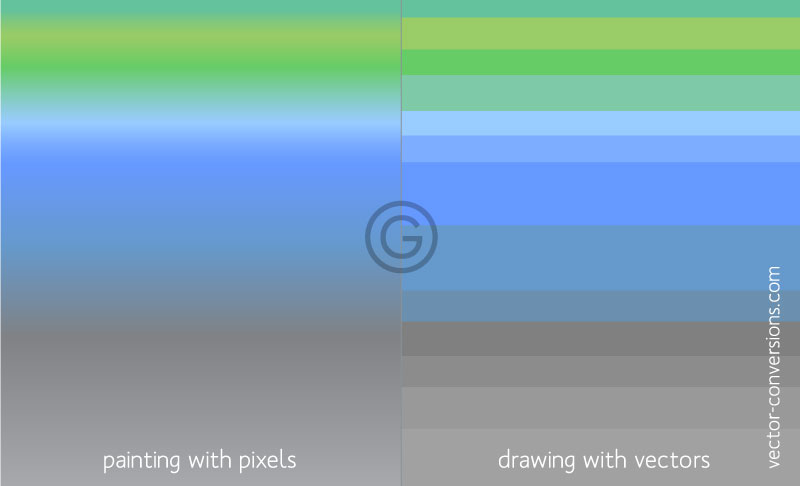
#Vector vs raster sai how to#
That includes how they work, when to use them, and how to approach the raster vs. This chapter will provide more tips and insights about raster images to help you choose the best file format for your next graphic design project. Previous installments of this guide have covered vector graphics in great detail, from information about how vector graphics work to learning what it takes to become a vector artist. Both formats have advantages and disadvantages, and each is ideal for different types of digital projects.

There are two main categories of image formats in the digital art world - raster and vector. Find out more about these in our ebook Spatial Indexes 101.Raster vs. So many organizations are now taking advantage of Spatial Indexes to enable performant analysis of truly big spatial data. Spatial Indexes are "geolocated" through a reference string, not a long geometry description (like vector data). They can be used for both vector-based analysis (like running intersections and spatial joins) and raster-based analysis (like slope or hotspot analysis).īut where they really excel is in their size, and subsequent processing and analysis speeds. However, they render a lot like vector data each "cell" in the grid is an individual feature which can be interrogated. Spatial Indexes are global grids - in that sense, they are a lot like raster data. Note: This section of the blog has been updated in January 2023. There is even a new generation of data which features some of the best characteristics of both data types.

Many will make impassioned arguments extolling the virtues of one or the other but thankfully since raster can be converted to vector and vice versa there is no need to choose one exclusively. Where is the optimal curbside location?Īs we've seen there are distinct use cases for using either raster or vector data.From which cities do we see the highest demand for our products?.What is the relationship between credit card transactions and social media data?.Some questions that can be answered leveraging vector data include: This is true spatial analysis and allows us to gain deeper insights from the data as GIS evolves to Spatial Data Science. The power of vector data becomes evident when we start to move from simply asking where something occurs to why. The image below which could be mistaken for a vector data layer is a satellite image of agricultural land in Haskell County Kansas. The spatial resolution of such data will be determined by the capabilities of the sensor used to take an image which is why it can be subject to a pixelated look when using a low resolution. When working with raster or vector data within the sphere of spatial analysis there are of course a myriad of use cases that can be employed but as has been touched upon already there are specific cases where it can make sense to use one over another.įor example due to the nature of its collection raster is often the only choice when working with remote sensing data captured by cameras on planes or satellites. Needs a lot of work and maintenance to ensure that it is accurate and reliable Higher geographic accuracy because data isn't dependent on grid sizeĬontinuous data is poorly stored and displayed Graphical output is generally more aesthetically-pleasing Linear features and paths are difficult to displayĭatasets can become very large because they record values for each cell modeling water flow over the land surface) Some specific use cases can only be achieved with raster data (e.g. Map Algebra with raster data is usually quick and easy to perform


 0 kommentar(er)
0 kommentar(er)
